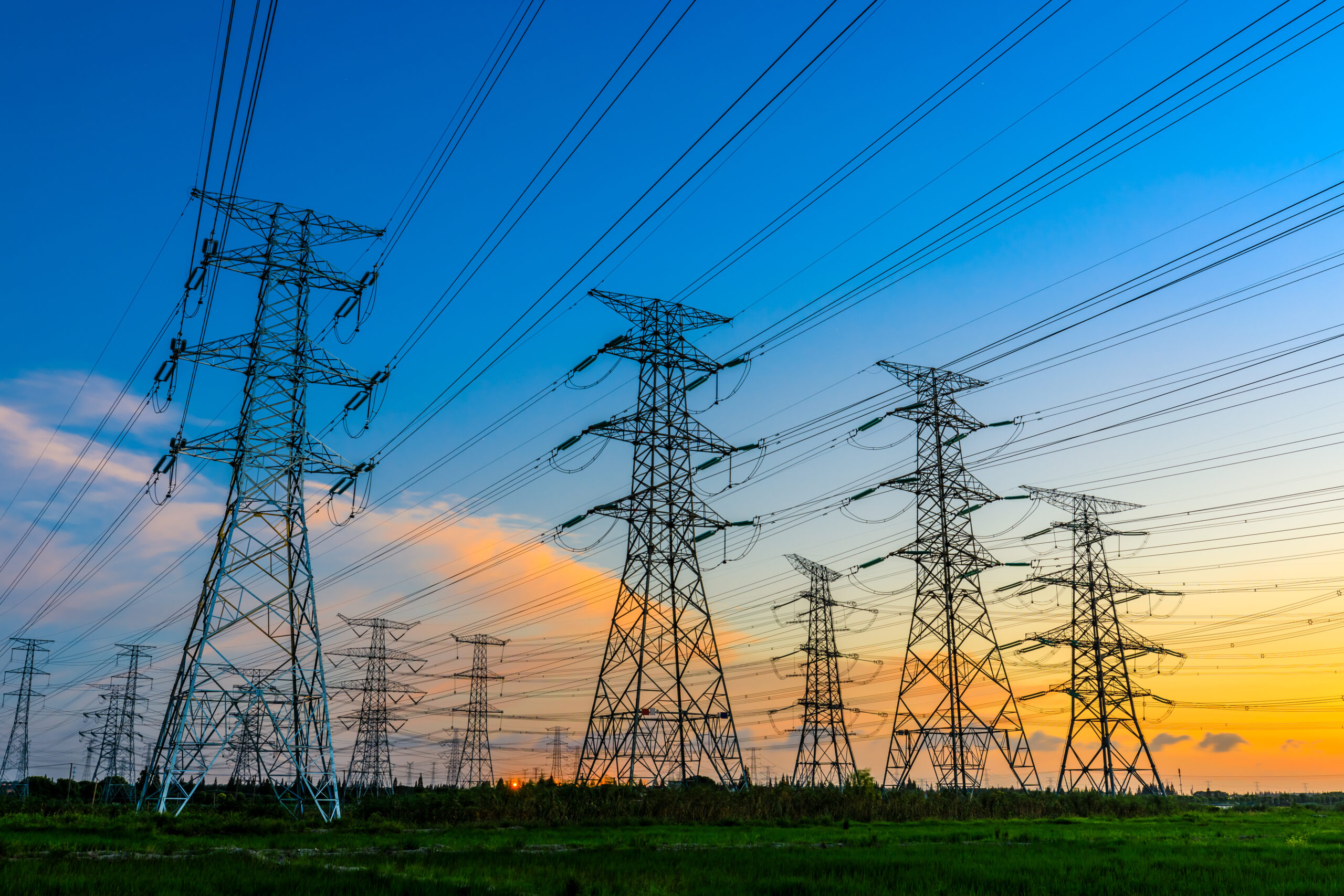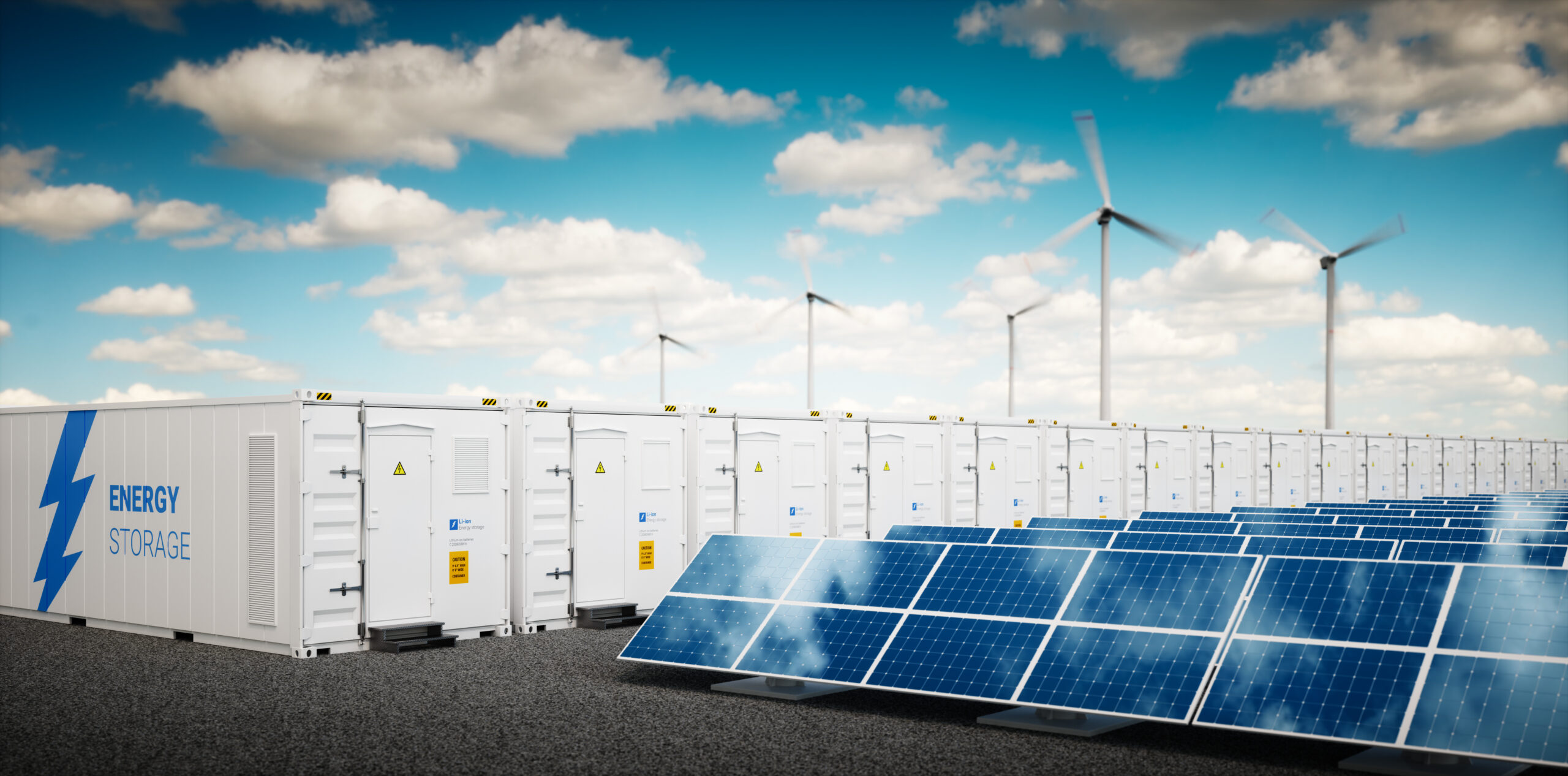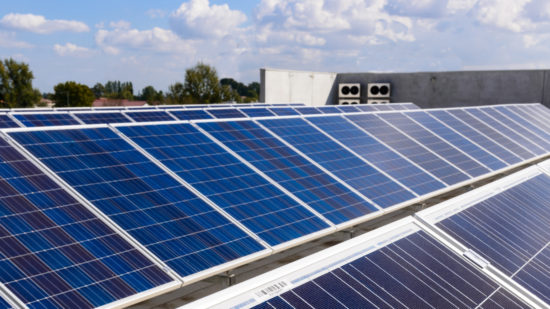
On Dec. 19, 2023, the Federal Energy Regulatory Commission (FERC) issued a Notice of Inquiry (NOI) seeking comments on whether it should revise its policy on providing blanket authorizations under Section 203(a)(2) of the Federal Power Act (FPA) for holding companies and investment companies that seek to invest in public utilities. Blanket authorizations allow certain investment companies to buy and sell public utility securities without first obtaining FERC approvals. In the NOI proceeding, FERC is re-examining what factors it should consider when evaluating what it means to lack control over public utilities for companies who seek to invest in public utilities. While the NOI is directly aimed at “investment companies,” as defined in the Investment Company Act of 1940, FERC’s policy re-examination could have broader ramifications for other types of control analyses for FPA purposes.





